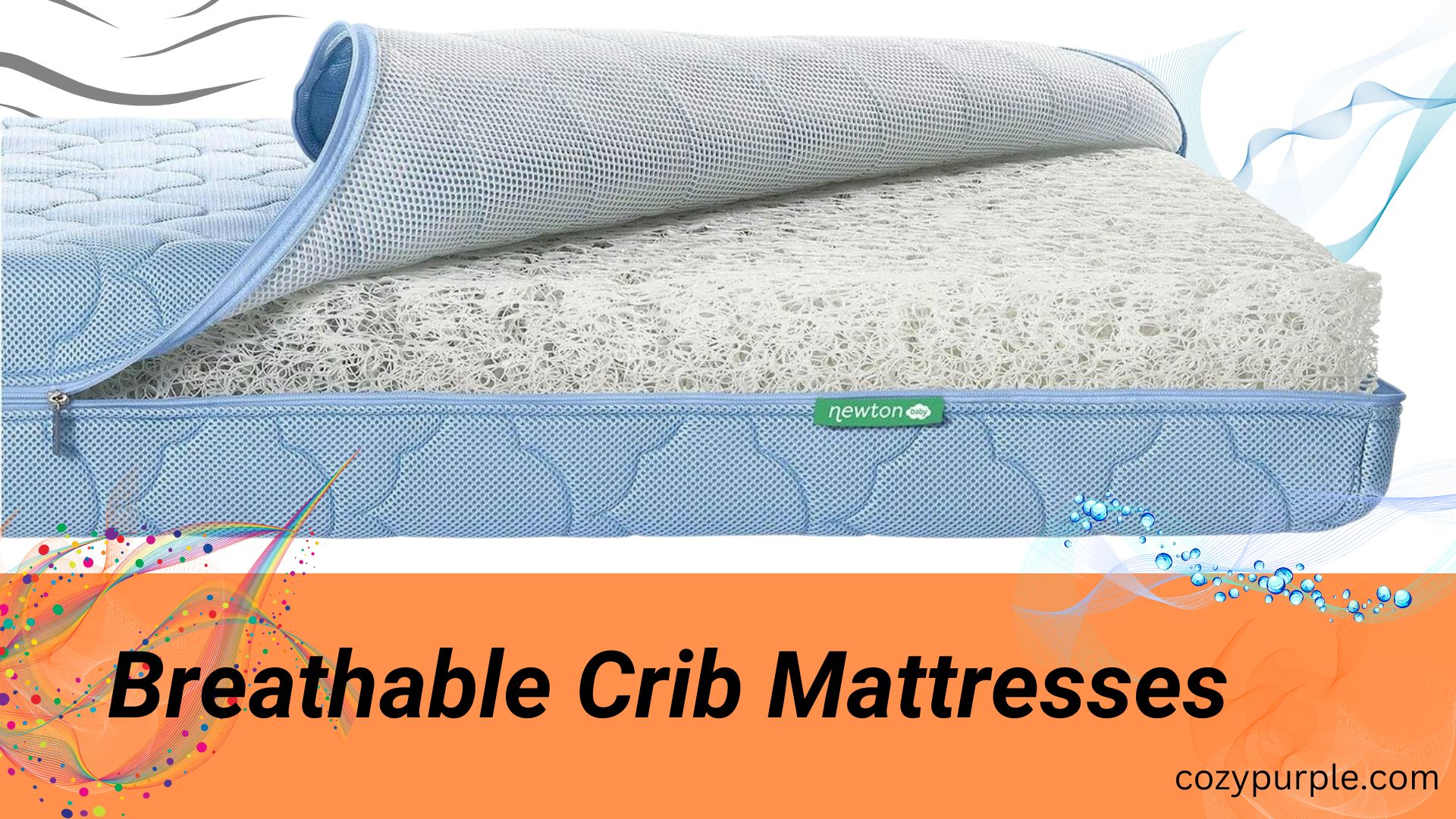When preparing for a new baby, parents strive to design the safest and most comfortable environment possible. One of the most critical decisions involves choosing the right crib mattress. Breathability is a key feature often discussed, linked to both comfort and safety for infants. But are all crib mattresses breathable? Let’s explore this topic to help you make the best choice for your little one.
What Does Breathability Mean in Crib Mattresses?
Breathability in the context of crib mattresses refers to how well the mattress allows air to circulate through its materials. This characteristic is crucial because it helps to regulate the baby’s temperature during sleep and reduces the risk of suffocation, which is a major concern for parents of newborns and young infants. A breathable mattress can help dissipate heat and moisture away from the baby’s body, keeping them cool and comfortable throughout the night.
Types of Crib Mattresses: Are They All Breathable?
Not all crib mattresses are created equal when it comes to breathability. The material composition significantly influences a mattress’s air flow capabilities. Here’s a look at common types of crib mattresses and their breathability:
- Foam Mattresses:
- Standard Foam: These are often less expensive but vary widely in terms of breathability. Higher-density foams tend to be less breathable.
- Open-Cell Foam: Designed to allow better air flow, open-cell foam mattresses are a more breathable alternative to traditional foam.
- Innerspring Mattresses:
- These mattresses are generally more breathable due to the air space between the coils, which allows for excellent air circulation. The outer layers, however, can affect overall breathability depending on the materials used.
- Organic and Natural Mattresses:
- Made from materials like organic cotton, wool, or natural latex, these mattresses often promote better air circulation. Wool, for instance, is particularly known for its moisture-wicking and breathable properties.
- Breathable Covers:
- Some mattresses feature specially designed covers that enhance breathability, even if the core material itself is less air-permeable. These covers can be a good option if you are concerned about air circulation but prefer a certain type of mattress core.
The Importance of Breathable Crib Mattresses
Breathable crib mattresses are especially important for several reasons:
- Temperature Regulation: Helps keep the baby from overheating, which is linked to discomfort and sleep disturbances.
- Reduced CO2 Rebreathing: A breathable mattress can reduce the risk of carbon dioxide buildup around the baby’s face, which is a concern with softer, less permeable surfaces.
- Moisture Management: Helps wick away sweat and other moisture from the baby, reducing the risk of rashes and fungal infections.
Making the Right Choice
When selecting a crib mattress, consider the following tips to ensure you choose a breathable option:
- Check the Materials: Opt for materials known for their breathability such as open-cell foams, innerspring designs, or natural fibers.
- Read Reviews and Recommendations: See what other parents and experts are saying about the breathability of different mattress models.
- Prioritize Certified Products: Look for certifications like GREENGUARD Gold or CertiPUR-US, which indicate low chemical emissions and, indirectly, can speak to the physical properties of the mattress materials.
Conclusion
While not all crib mattresses are breathable, many options on the market are designed with air circulation in mind. By understanding the different materials and designs available, you can make an informed decision that ensures your baby’s comfort and safety. Always prioritize breathability alongside firmness and fit within the crib — these factors together will help create a safe sleeping environment for your child. Remember, the best crib mattress is one that meets your baby’s specific needs while adhering to safety standards.

